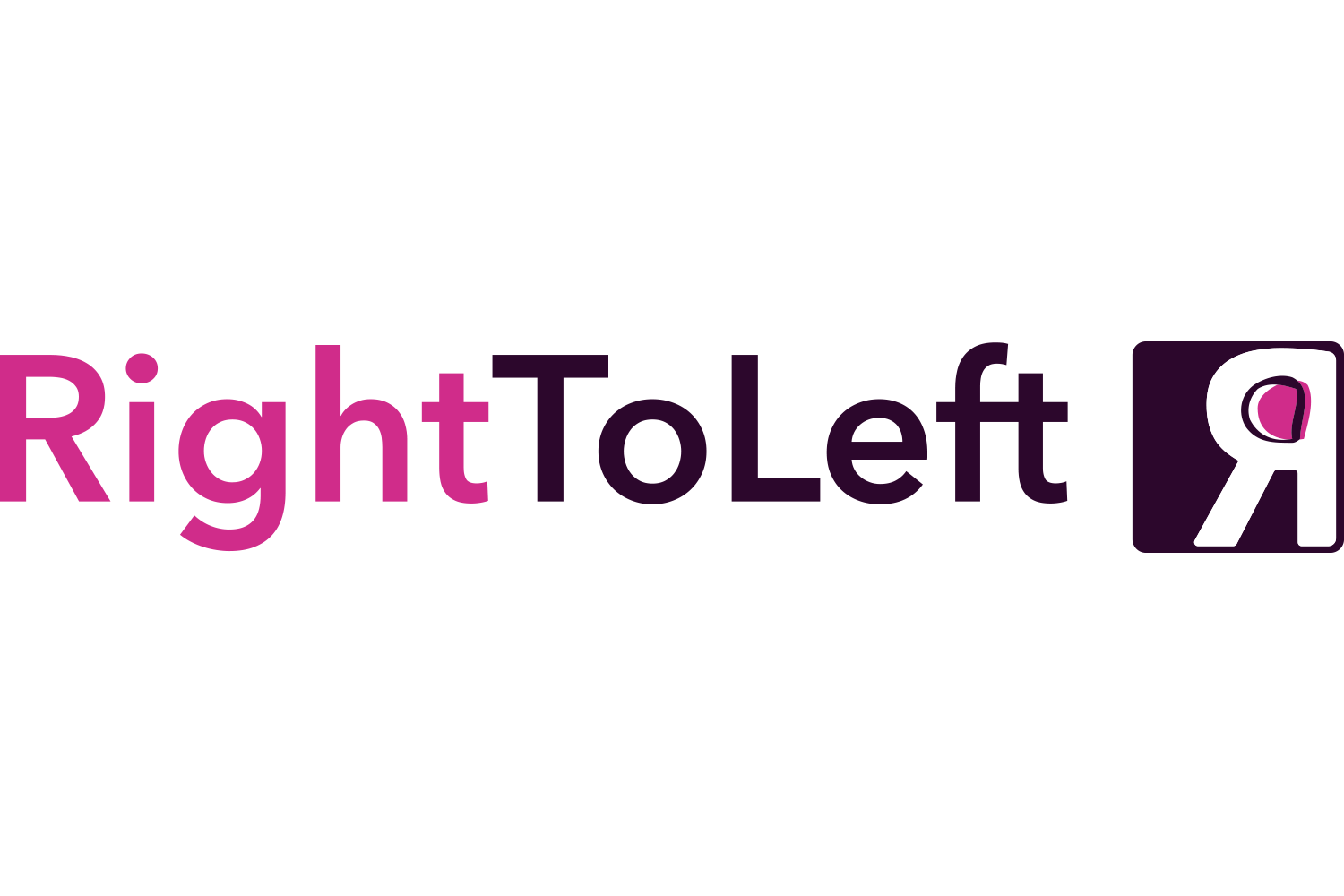Help - I don't have time to experiment!
The process of outcome-driven thinking and experimentation is still relatively new to how organizations have managed their products. Over the last few years we’ve seen a massive expansion of the product management field, which for better or for worse, means it comes with changes - and change is always scary.
A very common fear I hear from many executive leaders is that there’s just no time to experiment. You have to keep moving, you have to keep delivering, and you have to show continuous growth and value. But it’s worth noting that growth and value do not come from just releasing things - it comes from taking the time to learn why and how something might deliver value.
And that’s where experimentation comes in.
Today I’d like to run through some perceived challenges against running more experiments, and show how you can cross that hump and onto embracing the process.
Experimentation is not time wasted
This is probably the most frequent objection against running more experiments: it takes too long and it delays releases.
I can see how one might think that, but in reality, experimentation is giving you huge insights into what to build, and most importantly what not to build.
Rushing to release something without proper research and without having tested various viable solutions can actually lead you to build something nobody wants - and then you’ve truly wasted time, money, and resources, and managed to incur debt.
Think of experimentation as a way to gauge how your audience might respond to something. If your test proves that your original hypothesis was wrong, you’ve gained two things:
Prevented building the wrong thing, and avoided all kinds of debt.
Learned about what could have worked better, and found an even better solution.
One way to speed up the experimentation process is to see it as a low-code or no-code practice.
The main outcome of running an experiment is to learn what you might build - it is not to build something that is overly complex. That is entirely counteractive to the process itself.
Taking this into consideration will also allow you to implement a dual-track agile approach to your product development. That is, while your development team is already building things that have been reviewed, approved, and spec’d out, your product team can focus on these quick low-code experiments to figure out what the next problems to solve are. This continuous cycle allows you to move faster and be able to deliver features and products that solve actual problems.
Experimentation is not just for product managers
It’s important to highlight that experiments are not just something product managers or researchers do, it is something your entire team should do.
To truly run a company that is product-led and focused on the product process, everyone must be open to experimenting more often. Most importantly, count on them to be able to run tests together.
Harnessing help from the entire organization to run tests and experiments will not only benefit them in understanding what the process looks like, but it will also enable them to run their own experiments more often.
This will give you all the confidence that what you choose to work is in fact the right thing.
Have confidence in data, not bias
It is very tempting to want to avoid the experimentation process due to gut feel.
Gut feel isn’t a bad thing, we all have it. Unfortunately, it can sometimes also lead us astray.
You certainly don’t want to become the HiPPo in the room and point in a direction that may result in your team building the wrong thing. Good news is you can combine your ideas with the experimentation process, and understand if what your gut is telling you is right.
A simple way to get started is to always ask what and why something might be built. This takes you out of the “solution space” and into the “problem space”. From there you can begin with your current hypothesis - what might happen if you built feature x? And how might you prove success for it?
Once you run your experiment you will have data to be able to support whether or not you move forward. Having that evidence will guide you to make better decisions, but give you the confidence that you need to continue in any particular direction.
Be mindful though - you might be proven wrong, and that’s ok! That’s what you want. Be open to the process and embrace it. At the end of the day, experimentation is about avoiding the risk of business failure and continuously supporting you in building better products.

